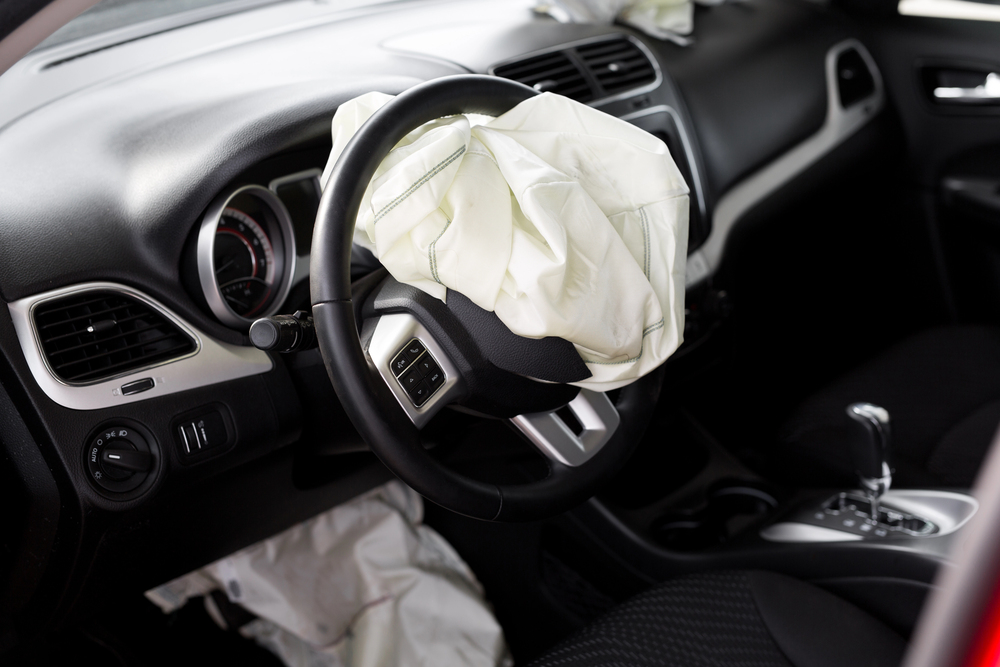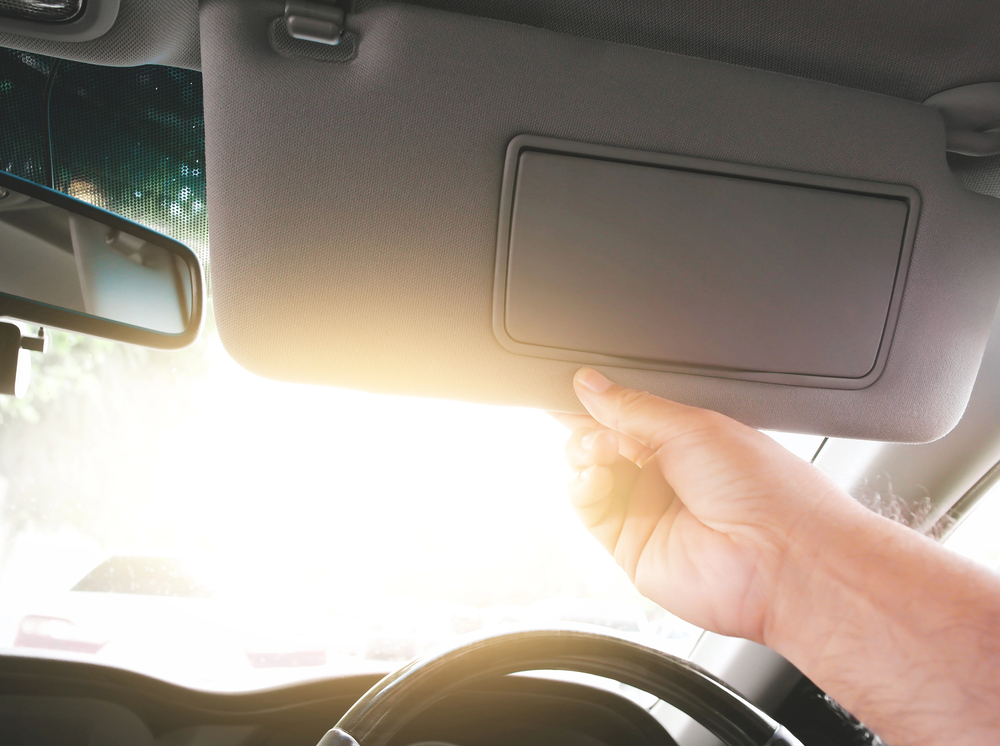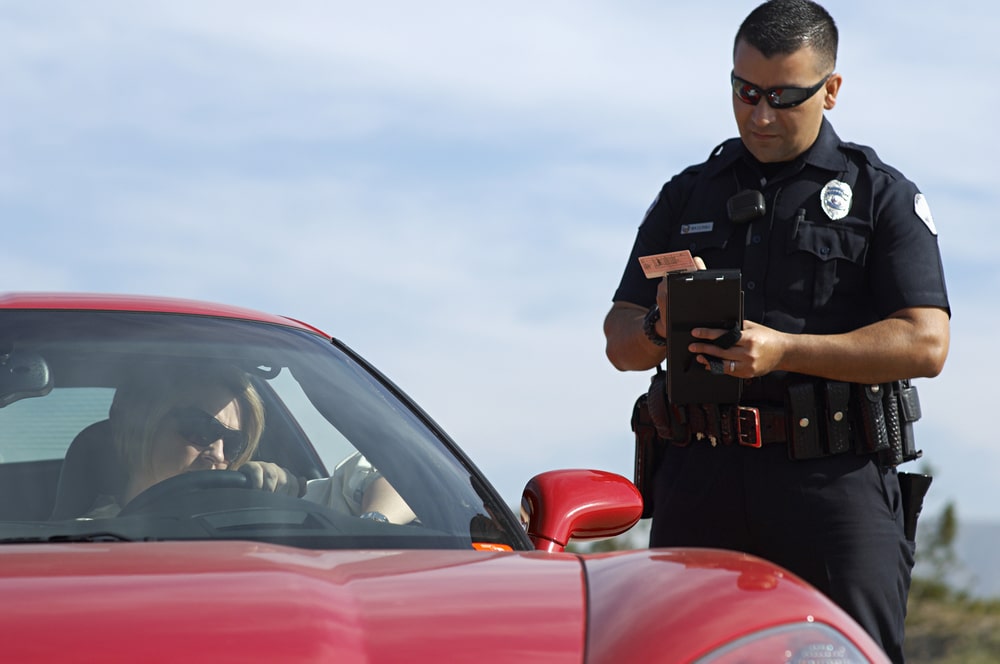How to Check Vehicle Recalls Instantly Before You Buy
Artak Sahakyan
Created by: Aug 11, 2025
|
Modified by: Nov 07, 2025

Buying a car is an exciting process, but it can also be a bit like rolling the dice. You think you’re getting the perfect ride, but sometimes you’re actually buying someone else’s headache. And we are not just talking about some small stuff like worn tires. A preowned vehicle could have some dangerous problems, such as brakes that don’t work right, steering that locks up and airbags that can injure you.
This is why before you fall in love with a car, take two minutes and do a vehicle recall check.
Why Recalls Are a Big Deal?
A recall means either the manufacturer or the National Highway Traffic Safety Administration (NHTSA) found a safety defect. And these defects aren’t harmless - they can cause accidents, fires, or mechanical failures at the worst possible time.
This can include:
- Airbags that deploy without warning (or not at all)
- Brakes that respond too late
- Electrical issues that overheat and start fires
- Steering that suddenly feels like it’s stuck in cement.
And it doesn’t matter where you buy the car - big dealership, small lot, or even your cousin’s driveway recalls can show up anywhere.
Quick Story (Because This Happens More Than You Think)
You may buy a used car, such as a Honda CR-V or Toyota Camry, for what seems like a steal at a bargain price and feel pleased until a letter arrives from the manufacturer: “Recall. Fire risk. Do not park indoors.”
The vehicle had been parked nightly inside a garage, next to a barbecue propane tank. That recall notice could have been the difference between a safe home and a disaster. A simple recall check before purchase would have revealed the risk and whether it has been rectified.
How to Check for Recalls in Minutes
Doing a recall check is very easy:
- Find the VIN – This is your car’s unique 17-digit ID, usually on the dashboard (driver’s side) or the inside of the driver’s door.
- Use CarValid.com. CarValid doesn’t just show you recall info, it also gives you a full picture of the car’s history — accidents, title problems, and more — in one quick search.
Things People Forget to Check
- Brand-new recalls might not show up yet - sometimes it takes time for the VIN list to update.
- Older than 15 years? They might not appear unless the manufacturer extends coverage.
- Used cars can still be sold with recalls - there’s no law stopping it.
Found an Open Recall? Here’s What to Do
Don’t ignore it. Manufacturers are legally required to fix it for free. Sometimes it’s a quick part swap, sometimes it’s a software update, and occasionally - though rare - they’ll replace the whole car like in the infamous Volkswagen diesel gate lawsuit.
If parts are backordered, follow the safety instructions in the recall notice. For example, certain vehicles with fire risks shouldn’t be parked indoors until repaired.
Why I Call It the “Two-Minute Safety Check”
It’s like checking the expiration date on milk - quick, free, and it might save you from a nasty surprise. And even if a dealer swears, “We already checked,” I still run my own search. Not because I think they’re lying… but because mistakes happen.
A Vehicle Recall Check is quick, free, and could prevent costly — or dangerous — surprises. Even if a seller claims the car has been checked, verifying independently is a smart step. Mistakes and oversights happen.
Using a service like CarValid.com provides recall information alongside accident history, title issues, and odometer readings, offering a complete overview before purchase.
Before Buying Any Used Car
These important steps should be followed:
- Vehicle Recall Check
- Mechanic inspection.
Do those two, and you’re already way ahead of most buyers. Trust me, your future self will thank you.





